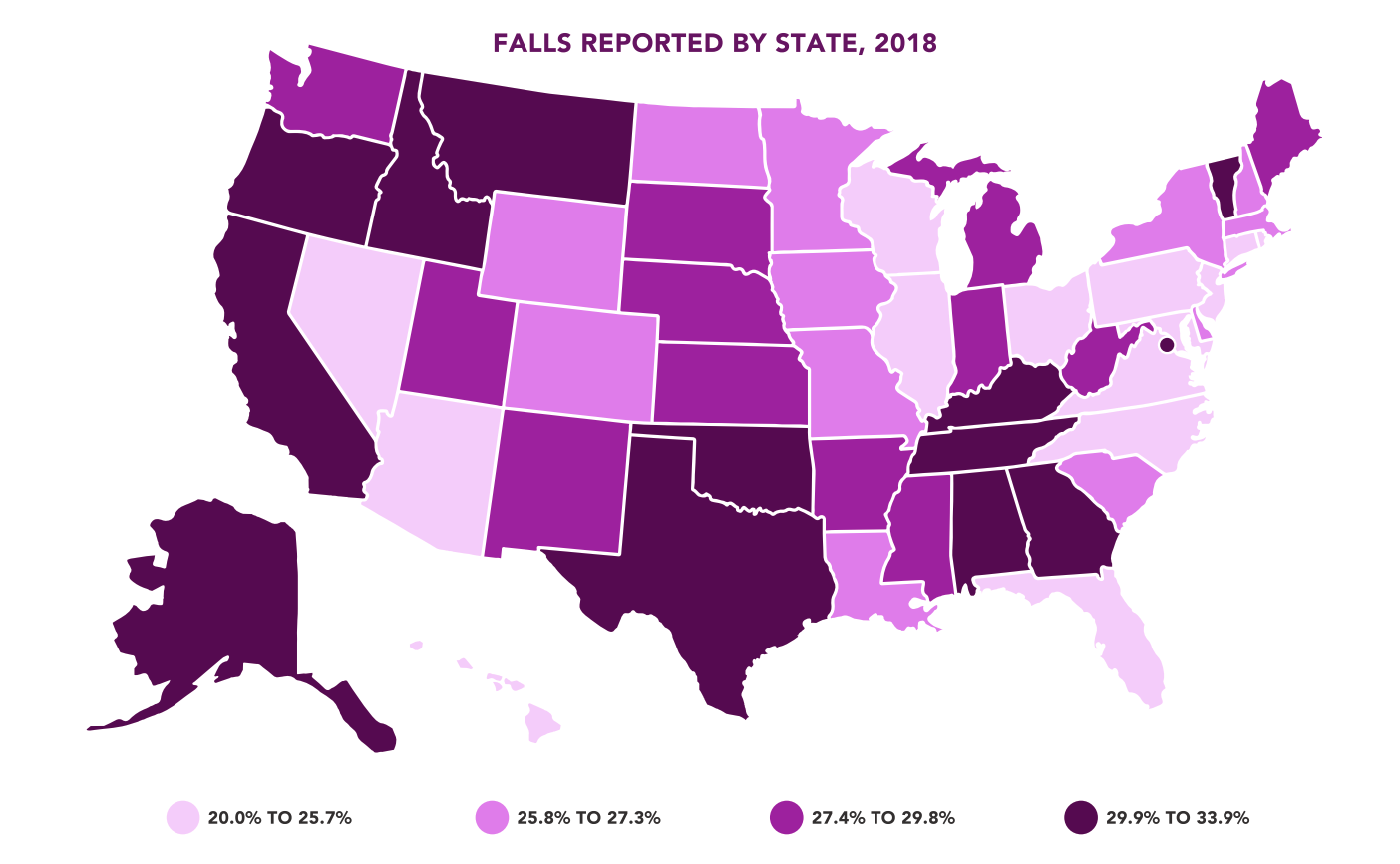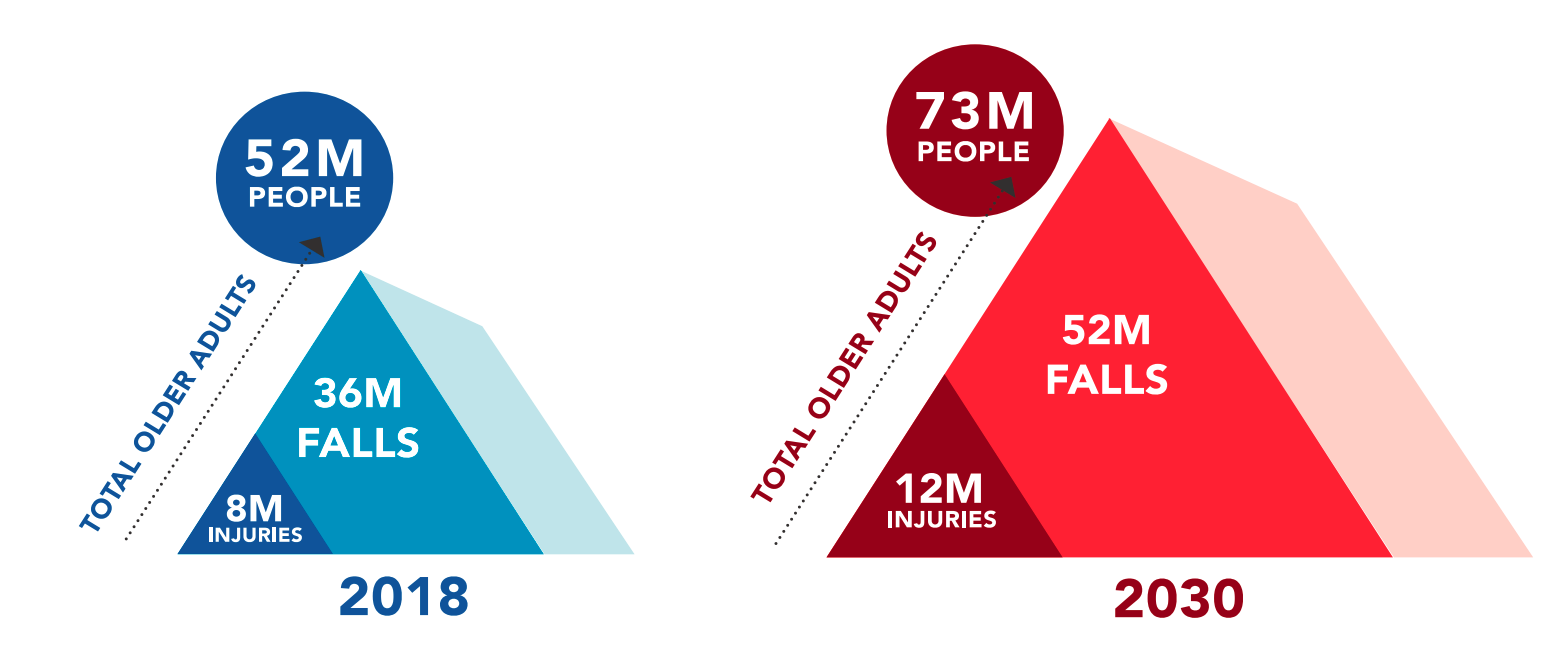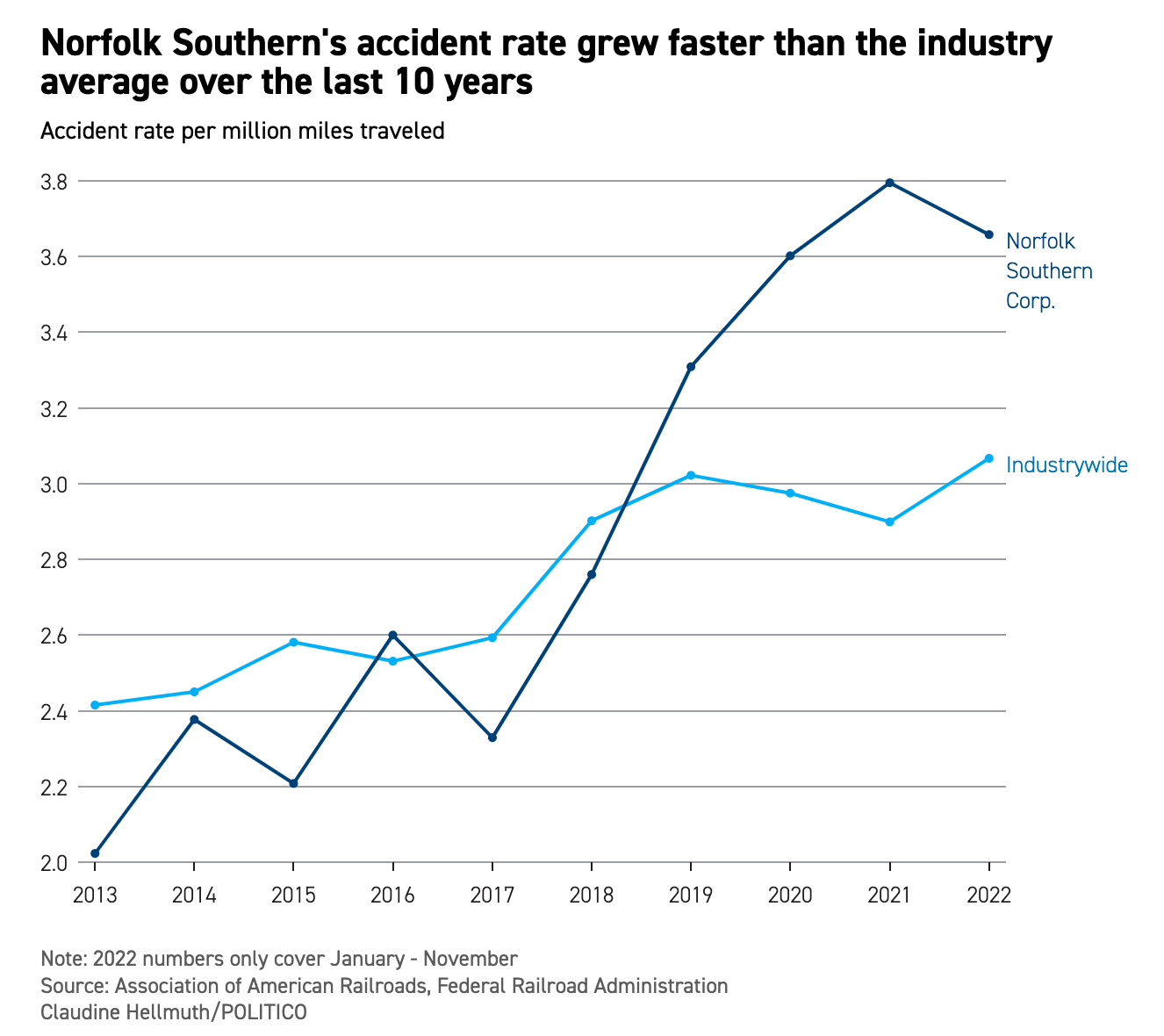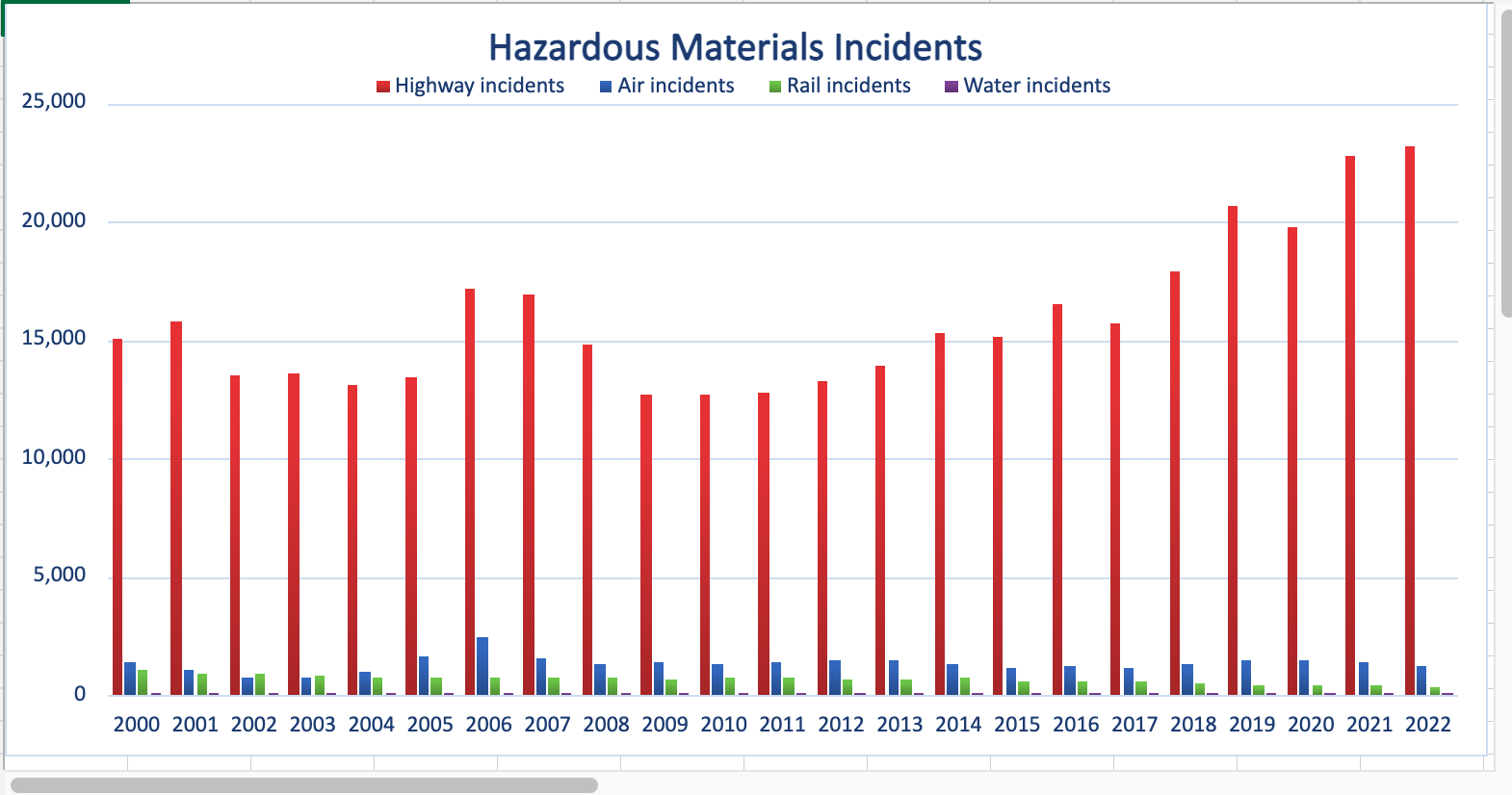We can all feel for Sen. Mitch McConnell, who fell Wednesday night and spent Thursday in the hospital with a concussion. McConnell will be among 800,000 seniors who will be hospitalized with injuries from falling this year. For older adults in the U.S., fall death rates went up by 30% from 2007-2016, and researchers predict there will be seven deadly falls every hour by 2030.
Researchers say that “falls account for 70 percent of accidental deaths in persons 75 years of age and older.” And “Falls are the leading cause of injury-related visits to emergency departments in the United States and the primary etiology of accidental deaths in persons over the age of 65 years.”
I can tell you — having cared for my mother, mother-in-law and senior friends — the biggest injury from falls is the loss of confidence that follows.
The Centers for Disease Control and Prevention notes:
Every second of every day, an older adult (age 65+) suffers a fall in the U.S.—making falls the leading cause of injury and injury death in this age group. One out of four older adults will fall each year in the United States, making falls a public health concern, particularly among the aging population.
- About 36 million falls are reported among older adults each year—resulting in more than 32,000 deaths.
- Each year, about 3 million older adults are treated in emergency departments for a fall injury.
- One out of every five falls causes an injury, such as broken bones or a head injury.
- Each year at least 300,000 older people are hospitalized for hip fractures.
- More than 95% of hip fractures are caused by falling—usually by falling sideways.
- Women fall more often than men and account for three-quarters of all hip fractures.
While falls are common among people across the United States, there are some differences by state. Here is state-by-state data on the number of seniors who fell in a single year. You will be amazed to see that in every state, between a fourth and a third of seniors say they fell. Even in the state with the lowest percentage of falls, one out of five older adults reported a fall.
This is data on the number of seniors who died from falling in every state in 2021. Arizona, California, Florida, Illinois, Massachusetts, Michigan, Minnesota, New York, North Carolina, Ohio, Pennsylvania, Texas, Washington and Wisconsin all had more than 1,000 falling deaths and some had more than 2,000. Florida led the country with more than 3,000 people dying from falling in 2021.
Maybe, given that data, the states with the highest costs from falls are obvious. Note this data set is 8 years old.
As Americans age, the number of people who fall will increase.
The National Council on Aging says, “The financial toll for older adult falls is expected to increase as the population ages and may reach over $101 billion by 2030.”
Go deeper: This is an opportunity to help your audience understand how common falls are and how devastating they can be even when they seem minor. This website gives journalists tons of ideas on how they can teach seniors and their worried kids how to minimize the dangers, including removing hazards, but also emphasizing the importance of exercise and eye exams.
Be careful comparing railroad accident data
Talk about some bad timing. Right before Norfolk Southern’s CEO was about to tout his company’s safety record before a Senate hearing yesterday, 30 train cars hopped the tracks in Alabama. No hazardous materials leaked this time, but as they say in Washington, “it is bad optics.”
In recent weeks, journalists have rightfully documented whether railroad accidents are increasing, and they are, but not exactly as you might envision.
Politico’s Energy and Environment News pulled Federal Railroad Administration data, which I referenced here a week or so ago, and created a graphic that does accurately show that reported accidents increased nationwide — and Norfolk Southern’s accident rate rose faster.
There are two ways to look at such data. The most alarming way might be like this paragraph, from Politico:
Norfolk Southern’s accident rate jumped 80.8 percent between 2013 and 2022, to 3.658 accidents per million miles traveled, from 2.023. Norfolk is one of seven “Class 1″ railroads. Overall, the group had 27 percent more accidents, a rate of 3.067 accidents per million miles traveled, up from a rate of 2.415 in 2013.
But putting that data into context allows you to see that the accident rate in real numbers, not as a percentage increase, moved from two accidents per year per million miles traveled to three accidents per year per million miles traveled. And accidents come in a variety of severity, which the data does not indicate. The railroad industry urges you to look most closely at “mainline” accidents:
The American Association of Railroads argues that the safety data E&E News reviewed includes minor collisions that happen in train yards and that the number of “main line” incidents like the one in East Palestine has been dropping.
“If you were going to look at the main line accidents … 2022 was the lowest year in history overall,” Mike Rush, the trade group’s senior vice president of operations and safety, said in an interview.
Railroad companies expect more hazardous materials will move on railroads both this year and in the foreseeable future. And, if you look at the federal Department of Transportation data, you will see that highway incidents way outnumber hazardous materials incidents on the rails or water.
The American Association of Railroads claims, “More than 99.9% of all hazmat moved by rail reaches its destination without a release caused by a train accident, making rail a responsible choice when compared with other modes, like trucks.” And, AAR says, “When compared to trucks, railroads are much safer for moving hazmat. Railroads have approximately 10% of the hazmat accidents trucks have despite roughly equal hazmat ton-mileage. The hazmat accident rate is down 78% since 2000.”
Pickleball explodes in popularity
Here in St. Petersburg, Florida, where I live, the city just announced it will build 16 indoor and outdoor pickleball courts close to downtown. Not that long ago, pickleball was a game that seniors played when they wanted to avoid the strains of playing tennis. There have even been some tensions between pickleball and tennis enthusiasts, as tennis players say the pickleball players are hogging the courts. And Oregon Public Broadcasting reports that people who live near pickleball courts complain about the “pop, pop, pop” sound of players whacking the ball.
But now, the Tampa Bay Times says, pickleball has come into full blossom:
In a span of three years, the sport grew over 158.6% to 8.9 million players across the country, according to a 2023 Sports & Fitness Industry Association report. The number of players more than doubled in 2022, growing 85.7% in a year, the report found. Another study from the Association of Pickleball Professionals said that number could be even higher — counting more than 36 million people over 18 years old who played at least once in 2022.
Last year, Sports Illustrated pointed out that pickleball had become big enough to have not one but a number of feuds boiling:
- There exist two international—feuding—governing bodies: the relatively venerable International Federation of Pickleball (IFP) and the renegade World Pickleball Federation (WPF).
- And two domestic professional tours: the Association of Pickleball Professionals (APP) and its mirror-acronym rival, the Professional Pickleball Association (PPA).
- Meanwhile, a pair of competing Texas-based billionaires seem poised to go to the mattresses over the sport.
- All of this against a backdrop of well-founded angst among the tennis set that pickleball is usurping both its real estate and its participants.
Sports Illustrated pointed out one of the frictions that arise as tennis and pickleball collide:
On a Sunday afternoon at the IronOaks Country Club in Sun Lakes, Ariz., pickleball’s ascension is on full display. Nine of the club’s 10 pickleball courts are in use, each with four players. Just one of its 10 tennis courts is inhabited, by two players.
“It’s simple real estate,” says Ben Johns, tapping his inner engineer. “You can fit four pickleball courts on one tennis court, and four pickleball players [each] versus two tennis players.
What’s the deal with a shortage of Ozempic?
Some people use the diabetes treatment drug Ozempic as a weight-loss drug. But its wholesale cost is more than some insurance companies cover, so pharmacies say it is not worth their time to stock.
NBC News explains this underpayment issue is a big problem that needs fixing and is driving independent pharmacies out of business:
Underpayments are a huge problem for independent pharmacists, who are often given lower reimbursement rates than larger retail pharmacy chains that have more bargaining power, said Inma Hernandez, an associate professor at the University of California, San Diego’s Skaggs School of Pharmacy and Pharmaceutical Sciences.
“This is the reason that many independent pharmacies are going out of business,” she said, adding that there isn’t a whole lot that pharmacists can do in response.
“These aren’t contracts we can negotiate,” Hoffart said. “They’re take it or leave it. You either accept the contract or you lose access to patients.”
The demand for the drug by people using it for weight loss is making it harder to find for people who use it for controlling diabetes.
You may know the drug Ozempic from the annoying commercial that uses a jingle that riffs off a 1973 song “It’s Magic” by Scottish band Pilot, which was briefly No. 5 on the hit charts.
Those of us who were DJs in the ’70s cringe when we hear the commercial.
It was not the worst of 1973’s songs, though. No, no, that one goes to “Playground in my Mind,” which caused many DJs to ask themselves whether it was time to rethink their career tracks. I warn you, if you click on that song it will haunt you all weekend.












